The TCP/IP Guide
Copyright Notice and Disclaimers
Dedication
Acknowledgments
About The Author
Table of Contents
List of Figures
List of Tables
The TCP/IP Guide: Introduction and "Guide To The Guide"
Introduction To The TCP/IP Guide
Goals of The TCP/IP Guide
Scope of The TCP/IP Guide
Structure and Organization of The TCP/IP Guide
TCP/IP Guide Features, Inserts and Icons
Tips For Using Adobe Acrobat Reader To View The TCP/ IP Guide
Feedback and Suggestions
Version History
Networking Fundamentals
Introduction to Networking
What Is Networking?
The Advantages (Benefits) of Networking
The Disadvantages (Costs) of Networking
Fundamental Network Characteristics
Networking Layers, Models and Architectures
Protocols: What Are They, Anyway?
Circuit Switching and Packet Switching Networks
Connection-Oriented and Connectionless Protocols
Messages: Packets, Frames, Datagrams and Cells
Message Formatting: Headers, Payloads and Footers
Message Addressing and Transmission Methods: Unicast, Broadcast and Multicast Messages
Network Structural Models and Client/Server and Peer-to-Peer Networking
Types and Sizes of Networks
Local Area Networks (LANs), Wireless LANs (WLANs) and Wide Area Networks (WANs) and Variants (CANs, MANs and PANs)
Segments, Networks, Subnetworks and Internetworks
The Internet, Intranets and Extranets
Network Performance Issues and Concepts
Putting Network Performance In Perspective
Balancing Network Performance with Key Non-Performance Characteristics
Performance Measurements: Speed, Bandwidth, Throughput and Latency
Understanding Performance Measurement Units
Theoretical and Real-World Throughput, and Factors Affecting Network Performance
Simplex, Full-Duplex and Half-Duplex Operation
Quality of Service (QoS)
Network Standards and Standards Organizations
Proprietary, Open and De Facto Standards
Networking Standards
International Networking Standards Organizations
Networking Industry Groups
Internet Standards Organizations (ISOC, IAB, IESG, IETF, IRSG, IRTF)
Internet Registration Authorities and Registries (IANA, ICANN, APNIC, ARIN, LACNIC, RIPE NCC)
Internet Standards and the Request For Comment (RFC) Process
Backgrounder: Data Representation and the Mathematics of Computing
Binary Information and Representation: Bits, Bytes, Nibbles, Octets and Characters
Decimal, Binary, Octal and Hexadecimal Numbers
Decimal, Binary, Octal and Hexadecimal Number Conversion
Binary, Octal and Hexadecimal Arithmetic
Boolean Logic and Logical Functions
Bit Masking (Setting, Clearing and Inverting) Using Boolean Logical Functions
The Open System Interconnection (OSI) Reference Model
History of the OSI Reference Model
General Reference Model Issues
The Benefits of Networking Models
Why Understanding The OSI Reference Model Is Important To You
How To Use The OSI Reference Model
Comparing the OSI Reference Model to Network Architectures and Protocol Stacks
Key OSI Reference Model Concepts
OSI Reference Model Networking Layers, Sublayers and Layer Groupings
"N" Notation and Other OSI Model Layer Terminology
Interfaces: Vertical (Adjacent Layer) Communication
Protocols: Horizontal (Corresponding Layer) Communication
Data Encapsulation, Protocol Data Units (PDUs) and Service Data Units (SDUs)
Indirect Device Connection and Message Routing
Understanding The OSI Reference Model: An Analogy
OSI Reference Model Layers
Physical Layer (Layer 1)
Data Link Layer (Layer 2)
Network Layer (Layer 3)
Transport Layer (Layer 4)
Session Layer (Layer 5)
Presentation Layer (Layer 6)
Application Layer (Layer 7)
OSI Reference Model Layer Mnemonics
OSI Reference Model Layer Summary
TCP/IP Protocol Suite and Architecture
TCP/IP Overview and History
TCP/IP Services and Client/Server Operation
TCP/IP Architecture and the TCP/IP Model
TCP/IP Protocols
TCP/IP Lower-Layer (Interface, Internet and Transport) Protocols (OSI Layers 2, 3 and 4)
TCP/IP Network Interface Layer (OSI Data Link Layer) Protocols
TCP/IP Serial Line Internet Protocol (SLIP) and Point-to-Point Protocol (PPP)
SLIP and PPP Overview and Role In TCP/IP
Serial Line Internet Protocol (SLIP)
Point-to-Point Protocol (PPP)
PPP Fundamentals and Operation
PPP Overview, History and Benefits
PPP Components and General Operation
PPP Link Setup and Phases
PPP Standards
PPP Core Protocols: Link Control, Network Control and Authentication
PPP Link Control Protocol (LCP)
PPP Network Control Protocols (IPCP, IPXCP, NBFCP and others)
PPP Authentication Protocols: Password Authentication Protocol (PAP) and Challenge Handshake Authentication Protocol (CHAP)
PPP Feature Protocols
PPP Link Quality Monitoring/Reporting (LQM/LQR)
PPP Compression Control Protocol (CCP) and Compression Algorithms
PPP Encryption Control Protocol (ECP) and Encryption Algorithms
PPP Multilink Protocol (MP/MLP/MLPPP)
PPP Bandwidth Allocation Protocol (BAP) and Bandwidth Allocation Control Protocol (BACP)
PPP Protocol Frame Formats
PPP General Frame Format
PPP General Control Protocol Frame Format and Option Format
PPP Link Control Protocol (LCP) Frame Formats
PPP Authentication Protocol (PAP, CHAP) Frame Formats
PPP Multilink Protocol (MP) Frame Format
TCP/IP Network Interface / Internet "Layer Connection" Protocols
Address Resolution and the TCP/IP Address Resolution Protocol (ARP)
Address Resolution Concepts and Issues
The Need For Address Resolution
Address Resolution Through Direct Mapping
Dynamic Address Resolution
Dynamic Address Resolution Caching and Efficiency Issues
TCP/IP Address Resolution Protocol (ARP)
ARP Overview, Standards and History
ARP Address Specification and General Operation
ARP Message Format
ARP Caching
Proxy ARP
TCP/IP Address Resolution For IP Multicast Addresses
TCP/IP Address Resolution For IP Version 6
Reverse Address Resolution and the TCP/IP Reverse Address Resolution Protocol (RARP)
TCP/IP Internet Layer (OSI Network Layer) Protocols
Internet Protocol (IP/IPv4, IPng/IPv6) and IP-Related Protocols (IP NAT, IPSec, Mobile IP)
Internet Protocol Concepts and Overview
IP Overview and Key Operational Characteristics
IP Functions
IP History, Standards, Versions and Closely-Related Protocols
Internet Protocol Version 4 (IP, IPv4)
IP Addressing
IP Addressing Concepts and Issues
IP Addressing Overview and Fundamentals
IP Address Size, Address Space and "Dotted Decimal" Notation
IP Basic Address Structure and Main Components: Network ID and Host ID
IP Addressing Categories (Classful, Subnetted and Classless) and IP Address Adjuncts (Subnet Mask and Default Gateway)
Number of IP Addresses and Multihoming
IP Address Management and Assignment Methods and Authorities
IP "Classful" (Conventional) Addressing
IP "Classful" Addressing Overview and Address Classes
IP "Classful" Addressing Network and Host Identification and Address Ranges
IP Address Class A, B and C Network and Host Capacities
IP Addresses With Special Meanings
IP Reserved, Loopback and Private Addresses
IP Multicast Addressing
Problems With "Classful" IP Addressing
IP Subnet Addressing ("Subnetting") Concepts
IP Subnet Addressing Overview, Motivation, and Advantages
IP Subnetting: "Three-Level" Hierarchical IP Subnet Addressing
IP Subnet Masks, Notation and Subnet Calculations
IP Default Subnet Masks For Address Classes A, B and C
IP Custom Subnet Masks
IP Subnet Identifiers, Subnet Addresses and Host Addresses
IP Subnetting Summary Tables For Class A, Class B and Class C Networks
IP Variable Length Subnet Masking (VLSM)
IP Subnetting: Practical Subnet Design and Address Determination Example
IP Subnetting Step #1: Requirements Analysis
IP Subnetting Step #2: The Key Design Trade-off: Partitioning Network Address Host Bits
IP Subnetting Step #3: Determining The Custom Subnet Mask
IP Subnetting Step #4: Determining Subnet Identifiers and Subnet Addresses
IP Subnetting Step #5: Determining Host Addresses For Each Subnet
IP Classless Addressing: Classless Inter-Domain Routing (CIDR) / "Supernetting"
IP Classless Addressing and "Supernetting" Overview, Motivation, Advantages and Disadvantages
IP "Supernetting": Classless Inter-Domain Routing (CIDR) Hierarchical Addressing and Notation
IP Classless Addressing Block Sizes and "Classful" Network Equivalents
IP CIDR Addressing Example
IP Datagram Encapsulation and Formatting
IP Datagram Encapsulation
IP Datagram General Format
IP Datagram Options and Option Format
IP Datagram Size, Maximum Transmission Unit (MTU), Fragmentation and Reassembly
IP Datagram Size, the Maximum Transmission Unit (MTU), and Fragmentation Overview
IP Message Fragmentation Process
IP Message Reassembly Process
IP Datagram Delivery and Routing
IP Datagram Direct Delivery and Indirect Delivery (Routing)
IP Routing Concepts and the Process of Next-Hop Routing
IP Routes and Routing Tables
IP Routing In A Subnet Or Classless Addressing (CIDR) Environment
IP Multicasting
Internet Protocol Version 6 (IPv6) / IP Next Generation (IPng)
IPv6 Overview, Changes and Transition
IPv6 Motivation and Overview
Major Changes And Additions In IPv6
Transition from IPv4 to IPv6
IPv6 Addressing
IPv6 Addressing Overview: Addressing Model and Address Types
IPv6 Address Size and Address Space
IPv6 Address and Address Notation and Prefix Representation
IPv6 Address Space Allocation
IPv6 Global Unicast Address Format
IPv6 Interface Identifiers and Physical Address Mapping
IPv6 Special Addresses: Reserved, Private (Link-Local / Site-Local), Unspecified and Loopback
IPv6/IPv4 Address Embedding
IPv6 Multicast and Anycast Addressing
IPv6 Autoconfiguration and Renumbering
IPv6 Datagram Encapsulation and Formatting
IPv6 Datagram Overview and General Structure
IPv6 Datagram Main Header Format
IPv6 Datagram Extension Headers
IPv6 Datagram Options
IPv6 Datagram Size, Maximum Transmission Unit (MTU), Fragmentation and Reassembly
IPv6 Datagram Delivery and Routing
IP Network Address Translation (NAT) Protocol
IP NAT Overview, Motivation, Advantages and Disadvantages
IP NAT Address Terminology
IP NAT Static and Dynamic Address Mappings
IP NAT Unidirectional (Traditional/Outbound) Operation
IP NAT Bidirectional (Two-Way/Inbound) Operation
IP NAT Port-Based ("Overloaded") Operation: Network Address Port Translation (NAPT) / Port Address Translation (PAT)
IP NAT "Overlapping" / "Twice NAT" Operation
IP NAT Compatibility Issues and Special Handling Requirements
IP Security (IPSec) Protocols
IPSec Overview, History and Standards
IPSec General Operation, Components and Protocols
IPSec Architectures and Implementation Methods
IPSec Modes: Transport and Tunnel
IPSec Security Associations and the Security Association Database (SAD); Security Policies and the Security Policy Database (SPD); Selectors; the Security Parameter Index (SPI)
IPSec Authentication Header (AH)
IPSec Encapsulating Security Payload (ESP)
IPSec Key Exchange (IKE)
Internet Protocol Mobility Support (Mobile IP)
Mobile IP Overview, History and Motivation
Mobile IP Concepts and General Operation
Mobile IP Addressing: Home and "Care-Of" Addresses
Mobile IP Agent Discovery, and Agent Advertisement and Solicitation Messages
Mobile IP Home Agent Registration and Registration Messages
Mobile IP Data Encapsulation and Tunneling
Mobile IP and TCP/IP Address Resolution Protocol (ARP) Operation
Mobile IP Efficiency Issues
Mobile IP Security Considerations
Internet Control Message Protocol (ICMP/ICMPv4 and ICMPv6)
ICMP Concepts and General Operation
ICMP Overview, History, Versions and Standards
ICMP General Operation
ICMP Message Classes, Types and Codes
ICMP Message Creation and Processing Conventions and Rules
ICMP Common Message Format and Data Encapsulation
ICMP Message Types and Formats
ICMP Version 4 (ICMPv4) Error Message Types and Formats
ICMPv4 Destination Unreachable Messages
ICMPv4 Source Quench Messages
ICMPv4 Time Exceeded Messages
ICMPv4 Redirect Messages
ICMPv4 Parameter Problem Messages
ICMP Version 4 (ICMPv4) Informational Message Types and Formats
ICMPv4 Echo (Request) and Echo Reply Messages
ICMPv4 Timestamp (Request) and Timestamp Reply Messages
ICMPv4 Router Advertisement and Router Solicitation Messages
ICMPv4 Address Mask Request and Reply Messages
ICMPv4 Traceroute Messages
ICMP Version 6 (ICMPv6) Error Message Types and Formats
ICMPv6 Destination Unreachable Messages
ICMPv6 Packet Too Big Messages
ICMPv6 Time Exceeded Messages
ICMPv6 Parameter Problem Messages
ICMP Version 6 (ICMPv6) Informational Message Types and Formats
ICMPv6 Echo Request and Echo Reply Messages
ICMPv6 Router Advertisement and Router Solicitation Messages
ICMPv6 Neighbor Advertisement and Neighbor Solicitation Messages
ICMPv6 Redirect Messages
ICMPv6 Router Renumbering Messages
ICMPv6 Informational Message Options
TCP/IP IPv6 Neighbor Discovery Protocol (ND)
IPv6 ND Overview, History, Motivation and Standards
IPv6 ND General Operational Overview: ND Functions, Functional Groups and Message Types
IPv6 ND Functions Compared to Equivalent IPv4 Functions
IPv6 ND Host-Router Discovery Functions: Router Discovery, Prefix Discovery, Parameter Discovery and Address Autoconfiguration
IPv6 ND Host-Host Communication Functions: Address Resolution, Next-Hop Determination, Neighbor Unreachability Detection and Duplicate Address Detection
IPv6 ND Redirect Function
TCP/IP Routing Protocols (Gateway Protocols)
Overview Of Key Routing Protocol Concepts: Architectures, Protocol Types, Algorithms and Metrics
TCP/IP Interior Routing Protocols (RIP, OSPF, GGP, HELLO, IGRP, EIGRP)
TCP/IP Routing Information Protocol (RIP, RIP-2 and RIPng)
RIP Fundamentals and General Operation
RIP Overview, History, Standards and Versions
RIP Route Determination Algorithm and Metric
RIP General Operation, Messaging and Timers
RIP Protocol Limitations and Problems
RIP Special Features For Resolving RIP Algorithm Problems
RIP Version-Specific Message Formats and Features
RIP Version 1 (RIP-1) Message Format
RIP Version 2 (RIP-2) Message Format and Features
RIPng ("RIPv6") Message Format and Features
Open Shortest Path First (OSPF)
OSPF Overview, History, Standards and Versions
OSPF Basic Topology and the Link State Database (LSDB)
OSPF Hierarchical Topology, Areas and Router Roles
OSPF Route Determination Using SPF Trees
OSPF General Operation and Message Types
OSPF Message Formats
Other Interior Routing Protocols
TCP/IP Gateway-to-Gateway Protocol (GGP)
The HELLO Protocol (HELLO)
Interior Gateway Routing Protocol (IGRP)
Enhanced Interior Gateway Routing Protocol (EIGRP)
TCP/IP Exterior Gateway/Routing Protocols (BGP and EGP)
TCP/IP Border Gateway Protocol (BGP/BGP-4)
BGP Fundamentals and General Operation
BGP Overview, History, Standards and Versions
BGP Topology, Speakers, Border Routers and Neighbor Relationships (Internal and External Peers)
BGP Autonomous System Types, Traffic Flows and Routing Policies
BGP Route Storage and Advertisement, and BGP Routing Information Bases (RIBs)
BGP Path Attributes and Algorithm Overview
BGP Route Determination and the BGP Decision Process
BGP General Operation and Messaging
BGP Detailed Messaging, Operation and Message Formats
BGP Message Generation and Transport, and General Message Format
BGP Connection Establishment: Open Messages
BGP Route Information Exchange: Update Messages
BGP Connectivity Maintenance: Keepalive Messages
BGP Error Reporting: Notification Messages
TCP/IP Exterior Gateway Protocol (EGP)
TCP/IP Transport Layer Protocols
Transmission Control Protocol (TCP) and User Datagram Protocol (UDP)
TCP and UDP Overview and Role In TCP/IP
TCP/IP Transport Layer Protocol (TCP and UDP) Addressing: Ports and Sockets
TCP/IP Processes, Multiplexing and Client/Server Application Roles
TCP/IP Ports: Transport Layer (TCP/UDP) Addressing
TCP/IP Application Assignments and Server Port Number Ranges: Well- Known, Registered and Dynamic/Private Ports
TCP/IP Client (Ephemeral) Ports and Client/Server Application Port Use
TCP/IP Sockets and Socket Pairs: Process and Connection Identification
Common TCP/IP Applications and Assigned Well-Known and Registered Port Numbers
TCP/IP User Datagram Protocol (UDP)
UDP Overview, History and Standards
UDP Operation
UDP Message Format
UDP Common Applications and Server Port Assignments
TCP/IP Transmission Control Protocol (TCP)
TCP Overview, Functions and Characteristics
TCP Overview, History and Standards
TCP Functions: What TCP Does
TCP Characteristics: How TCP Does What It Does
TCP Fundamentals and General Operation
TCP Data Handling and Processing: Streams, Segments and Sequence Numbers
TCP Sliding Window Acknowledgment System For Data Transport, Reliability and Flow Control
TCP Ports, Connections and Connection Identification
TCP Common Applications and Server Port Assignments
TCP Basic Operation: Connection Establishment, Management and Termination
TCP Operational Overview and the TCP Finite State Machine (FSM)
TCP Connection Preparation: Transmission Control Blocks (TCBs) and Passive and Active Socket OPENs
TCP Connection Establishment Process: The "Three-Way Handshake"
TCP Connection Establishment Sequence Number Synchronization and Parameter Exchange
TCP Connection Management and Problem Handling, the Connection Reset Function, and TCP "Keepalives"
TCP Connection Termination
TCP Message Formatting and Data Transfer
TCP Message (Segment) Format
TCP Checksum Calculation and the TCP "Pseudo Header"
TCP Maximum Segment Size (MSS) and Relationship to IP Datagram Size
TCP Sliding Window Data Transfer and Acknowledgement Mechanics
TCP Immediate Data Transfer: "Push" Function
TCP Priority Data Transfer: "Urgent" Function
TCP Reliability and Flow Control Features and Protocol Modifications
TCP Segment Retransmission Timers and the Retransmission Queue
TCP Non-Contiguous Acknowledgment Handling and Selective Acknowledgment (SACK)
TCP Adaptive Retransmission and Retransmission Timer Calculations
TCP Window Size Adjustment and Flow Control
TCP Window Management Issues
TCP "Silly Window Syndrome" and Changes To the Sliding Window System For Avoiding Small-Window Problems
TCP Congestion Handling and Congestion Avoidance Algorithms
Summary Comparison of TCP/IP Transport Layer Protocols (UDP and TCP)
TCP/IP Application Layer Protocols, Services and Applications (OSI Layers 5, 6 and 7)
Name Systems and TCP/IP Name Registration and Name Resolution
Name System Issues, Concepts and Techniques
Name System Overview and Motivation
Name System Functions: Name Space, Name Registration and Name Resolution
Name Spaces and Name Architectures (Flat and Hierarchical)
Name Registration Methods, Administration and Authorities
Name Resolution Techniques and Functional Elements of A Name Resolution System
Efficiency, Reliability and Other Name Resolution Issues and Features
TCP/IP Name Systems: Host Tables and Domain Name System (DNS)
Overview and History of TCP/IP Host Names and Name Systems
TCP/IP Host Table Name System
TCP/IP Domain Name System (DNS)
DNS Overview, Functions and Characteristics
DNS Overview, History and Standards
DNS Design Goals, Objectives and Assumptions
DNS Components and General Functions
DNS Name Space, Architecture and Terminology
DNS Domains and the DNS Hierarchical Name Architecture
DNS Structural Elements and Terminology: Domains, Subdomains, and Nodes; Roots, Leaves and Branches; Parents, Children and Siblings
DNS Labels, Names and Syntax Rules
Absolute (Fully-Qualified) and Relative (Partially-Qualified) Domain Name Specifications
DNS Name Registration, Public Administration, Zones and Authorities
DNS Hierarchical Authority Structure and the Distributed Name Database
DNS Organizational (Generic) Top Level Domains and Authorities
DNS Geopolitical (Country Code) Top Level Domains and Authorities
DNS Second-Level and Lower Domains, Delegation of Registration Authority and Public Registration
DNS Public Registration Disputes (Conflicts, Cybersquatting, "Deceptive Naming", Etc.) and Dispute Resolution
DNS Name Space Administrative Hierarchy Partitioning: DNS Zones of Authority
DNS Private Name Registration
DNS Name Servers and Name Resolution
DNS Name Server Concepts and Operation
DNS Name Server Functions, Name Server Architecture and General Operation
DNS Name Server Data Storage: Resource Records and Classes
DNS Name Server Types and Roles: Primary/Master, Secondary/Slave and Caching- Only Servers
DNS Zone Management, Contacts and Zone Transfers
DNS Root Name Servers
DNS Name Server Caching, Negative Caching and Data Persistence
DNS Name Server Load Balancing
DNS Name Server Enhancements: DNS Notify, Incremental Zone Transfers, and DNS Update (Dynamic DNS)
DNS Resolution Concepts and Resolver Operations
DNS Resolver Functions and General Operation
DNS Basic Name Resolution Techniques: Iterative and Recursive Resolution
DNS Name Resolution Efficiency Improvements: Caching and Local Resolution
DNS Name Resolution Process
DNS Reverse Name Resolution Using the IN-ADDR.ARPA Domain
DNS Electronic Mail Support and Mail Exchange (MX) Resource Records
DNS Messaging and Message, Resource Record and Master File Formats
DNS Message Generation and Transport
DNS Message Processing and General Message Format
DNS Message Header and Question Section Format
DNS Message Resource Record Field Formats
DNS Name Notation and Message Compression Technique
DNS Master File Format
DNS Changes To Support IP Version 6
Network File and Resource Sharing Protocols and the TCP/IP Network File System (NFS)
Overview of File and Resource Sharing Protocol Concepts and Operation
TCP/IP Network File System (NFS)
NFS Overview, History, Versions and Standards
NFS Architecture and Components
NFS Data Storage and Data Types, and the External Data Representation (XDR) Standard
NFS Client/Server Operation Using Remote Procedure Calls (RPCs)
NFS Server Procedures and Operations
NFS File System Model and the Mount Protocol
TCP/IP Network Configuration and Management Protocols (BOOTP, DHCP, SNMP and RMON)
Host Configuration and TCP/IP Host Configuration Protocols (BOOTP and DHCP)
Host Configuration Concepts, Issues and Motivation
TCP/IP Bootstrap Protocol (BOOTP)
BOOTP Overview, History and Standards
BOOTP Client/Server Messaging and Addressing
BOOTP Detailed Operation
BOOTP Message Format
BOOTP Vendor-Specific Area and Vendor Information Extensions
BOOTP Relay Agents (Forwarding Agents)
TCP/IP Dynamic Host Configuration Protocol (DHCP)
DHCP Overview, Motivation, History and Standards
DHCP Address Assignment and Dynamic Address Allocation and Management
DHCP Address Assignment and Allocation Mechanisms
DHCP Leases, Lease Length Policies and Management
DHCP Lease "Life Cycle" Overview (Allocation, Reallocation, Renewal, Rebinding and Release) and Lease Timers
DHCP Lease Address Pools, Ranges (Scopes) and Address Management
DHCP Configuration and Operation
DHCP Overview of Client and Server Responsibilities
DHCP Configuration Parameters, Storage and Communication
DHCP General Operation and Client Finite State Machine
DHCP Lease Allocation Process
DHCP Lease Reallocation Process
DHCP Lease Renewal and Rebinding Processes
DHCP Early Lease Termination (Release) Process
DHCP Parameter Configuration Process For Clients With Non-DHCP Addresses
DHCP Messaging, Message Types and Formats
DHCP Message Generation, Addressing, Transport and Retransmission
DHCP Message Format
DHCP Options, Option Format and "Option Overloading"
Summary Of DHCP Options / BOOTP Vendor Information Fields
DHCP Client/Server Implementation, Features and Issues
DHCP Server General Implementation and Management Issues
DHCP Client General Implementation and Management Issues
DHCP Message Relaying and BOOTP Relay Agents
DHCP Autoconfiguration / Automatic Private IP Addressing (APIPA)
DHCP Server Conflict Detection
DHCP and BOOTP Interoperability
DHCP Security Issues
DHCP For IP Version 6 (DHCPv6)
TCP/IP Network Management Framework and Protocols (SNMP and RMON)
TCP/IP Internet Standard Management Framework Overview, Architecture, Components and Concepts
Overview and History of the TCP/IP Internet Standard Management Framework and Simple Network Management Protocol (SNMP)
TCP/IP SNMP Operational Model, Components and Terminology.
TCP/IP Internet Standard Management Framework Architecture and Protocol Components
TCP/IP Internet Standard Management Framework and SNMP Versions (SNMPv1, SNMPv2 Variants, SNMPv3)
TCP/IP Internet Standard Management Framework and SNMP Standards
TCP/IP Structure of Management Information (SMI) and Management Information Bases (MIBs)
TCP/IP Structure of Management Information (SMI) and Management Information Bases (MIBs) Overview
TCP/IP MIB Objects, Object Characteristics and Object Types
TCP/IP MIB Object Descriptors and Identifiers and the Object Name Hierarchy and Name Notation
TCP/IP MIB Modules and Object Groups
TCP/IP Simple Network Management Protocol (SNMP) Protocol
SNMP Protocol Overview, History and General Concepts
SNMP Protocol Operations
SNMP Protocol General Operation, Communication Methods and Message Classes
SNMP Protocol Basic Request/Response Information Poll Using GetRequest and (Get)Response Messages
SNMP Protocol Table Traversal Using GetNextRequest and GetBulkRequest Messages
SNMP Protocol Object Modification Using SetRequest Messages
SNMP Protocol Information Notification Using Trap(v2) and InformRequest Messages
SNMP Protocol Security Issues and Methods
SNMP Protocol Messaging and Message Formats
SNMP Protocol Message Generation, Addressing, Transport and Retransmission
SNMP Message Field Definitions, General Message Format and Message Sections
SNMP Version 1 (SNMPv1) Message Format
SNMP Version 2 (SNMPv2) Message Formats
SNMP Version 3 (SNMPv3) Message Format
TCP/IP Remote Network Monitoring (RMON)
TCP/IP Key Applications and Application Protocols
TCP/IP Application Layer Addressing: Uniform Resource Identifiers, Locators and Names (URIs, URLs and URNs)
Uniform Resource Identifiers, Locators and Names (URIs, URLs and URNs): Overview, History, Significance and Standards
Uniform Resource Locators (URLs)
URL General Syntax
URL Schemes (Applications / Access Methods) and Scheme-Specific Syntaxes
URL Relative Syntax and Base URLs
URL Length and Complexity Issues
URL Obscuration, Obfuscation and General Trickery
Uniform Resource Names (URNs)
TCP/IP File and Message Transfer Applications and Protocols (FTP, TFTP, Electronic Mail, USENET, HTTP/WWW, Gopher)
File and Message Transfer Overview and Application Categories
TCP/IP General File Transfer Protocols (FTP and TFTP)
File Transfer Protocol (FTP)
FTP Overview, History and Standards
FTP Concepts and General Operation
FTP Operational Model, Protocol Components and Key Terminology
FTP Control Connection Establishment, User Authentication and Anonymous FTP Access
FTP Data Connection Management, Normal (Active) and Passive Data Connections and Port Usage
FTP General Data Communication and Transmission Modes
FTP Data Representation: Data Types, Data Structures and Format Control
FTP Commands and Replies
FTP Internal Protocol Commands and Command Groups
FTP Replies, Reply Code Format and Important Reply Codes
FTP User Interface and User Commands
FTP Sample User and Internal Command Dialog
Trivial File Transfer Protocol (TFTP)
TFTP Overview, History and Standards
TFTP General Operation, Connection Establishment and Client/Server Communication
TFTP Detailed Operation and Messaging
TFTP Options and Option Negotiation
TFTP Message Formats
TCP/IP Electronic Mail System: Concepts and Protocols (RFC 822, MIME, SMTP, POP3, IMAP)
TCP/IP Electronic Mail System Overview and Concepts
TCP/IP Electronic Mail System Overview and History
TCP/IP Electronic Mail Communication Overview: Message Composition, Submission, Delivery, Receipt, Processing and Access
TCP/IP Electronic Mail Message Communication Model and Device and Protocol Roles
TCP/IP Electronic Mail Addresses and Addressing
TCP/IP Electronic Mail Addressing and Address Resolution
TCP/IP Historical and Special Electronic Mail Addressing
TCP/IP Electronic Mail Aliases / Address Books, Multiple Recipient Addressing and Electronic Mailing Lists
TCP/IP Electronic Mail Message Formats and Message Processing: RFC 822 and MIME
TCP/IP Electronic Mail Standard Message Format: RFC 822
TCP/IP Electronic Mail RFC 822 Standard Message Format Overview, Structure and General Formatting Rules
TCP/IP Electronic Mail RFC 822 Standard Message Format Header Field Definitions and Groups
TCP/IP Electronic Mail RFC 822 Standard Message Format Processing and Interpretation
TCP/IP Enhanced Electronic Mail Message Format: Multipurpose Internet Mail Extensions (MIME)
MIME Message Format Overview, Motivation, History and Standards
MIME Basic Structures and Headers
MIME Content-Type Header and Discrete Media: Types, Subtypes and Parameters
MIME Composite Media Types: Multipart and Encapsulated Message Structures
MIME Content-Transfer-Encoding Header and Encoding Methods
MIME Extension for Non-ASCII Mail Message Headers
TCP/IP Electronic Mail Delivery Protocol: The Simple Mail Transfer Protocol (SMTP)
SMTP Overview, History and Standards
SMTP Communication and Message Transport Methods, Client/Server Roles and Terminology
SMTP Connection and Session Establishment and Termination
SMTP Mail Transaction Process
SMTP Special Features, Capabilities and Extensions
SMTP Security Issues
SMTP Commands
SMTP Replies and Reply Codes
TCP/IP Electronic Mail Access and Retrieval Protocols and Methods
TCP/IP Electronic Mail Mailbox Access Model, Method and Protocol Overview
TCP/IP Post Office Protocol (POP/POP3)
POP Overview, History, Versions and Standards
POP3 General Operation, Client/Server Communication and Session States
POP3 Authorization State: User Authentication Process and Commands
POP3 Transaction State: Mail and Information Exchange Process and Commands
POP3 Update State: Mailbox Update and Session Termination Process and Commands
TCP/IP Internet Message Access Protocol (IMAP/IMAP4)
IMAP Overview, History, Versions and Standards
IMAP General Operation, Client/Server Communication and Session States
IMAP Commands, Results and Responses
IMAP Not Authenticated State: User Authentication Process and Commands
IMAP Authenticated State: Mailbox Manipulation/Selection Process and Commands
IMAP Selected State: Message Manipulation Process and Commands
Other TCP/IP Electronic Mail Access and Retrieval Methods
TCP/IP Direct Server Electronic Mail Access
TCP/IP World Wide Web Electronic Mail Access
Usenet (Network News) and the TCP/IP Network News Transfer Protocol (NNTP)
Usenet Overview, Concepts and General Operation
Usenet Overview, History and Standards
Usenet Communication Model: Message Composition, Posting, Storage, Propagation and Access
Usenet Addressing: Newsgroups, Newsgroup Hierarchies and Types
Usenet Message Format and Special Headers
TCP/IP Network News Transfer Protocol (NNTP)
NNTP Overview and General Operation
NNTP Inter-Server Communication Process: News Article Propagation
NNTP Client-Server Communication Process: News Posting and Access
NNTP Commands
NNTP Command Extensions
NNTP Status Responses and Response Codes
TCP/IP World Wide Web (WWW, "The Web") and the Hypertext Transfer Protocol (HTTP)
TCP/IP World Wide Web and Hypertext Overview and Concepts
World Wide Web and Hypertext Overview and History
World Wide Web System Concepts and Components
World Wide Web Media and the Hypertext Markup Language (HTML)
World Wide Web Addressing: HTTP Uniform Resource Locators (URLs)
TCP/IP Hypertext Transfer Protocol (HTTP)
HTTP Overview, History, Versions and Standards
HTTP General Operation and Connections
HTTP Operational Model and Client/Server Communication
HTTP Transitory and Persistent Connections and Pipelining
HTTP Persistent Connection Establishment, Management and Termination
HTTP Messages, Message Formats, Methods and Status Codes
HTTP Generic Message Format
HTTP Request Message Format
HTTP Response Message Format
HTTP Methods
HTTP Status Code Format, Status Codes and Reason Phrases
HTTP Message Headers
HTTP General Headers
HTTP Request Headers
HTTP Response Headers
HTTP Entity Headers
HTTP Entities, Transfers, Coding Methods and Content Management
HTTP Entities and Internet Media Types
HTTP Data Transfer, Content Encodings and Transfer Encodings
HTTP Data Length Issues, "Chunked" Transfers and Message Trailers
HTTP Content Negotiation and "Quality Values"
HTTP Features, Capabilities and Issues
HTTP Caching Features and Issues
HTTP Proxy Servers and Proxying
HTTP Security and Privacy
HTTP State Management Using "Cookies"
Gopher Protocol (Gopher)
TCP/IP Interactive and Remote Application Protocols
Telnet Protocol
Telnet Overview, History and Standards
Telnet Connections and Client/Server Operation
Telnet Communications Model and the Network Virtual Terminal (NVT)
Telnet Protocol Commands
Telnet Interrupt Handling Using Out-Of-Band Signaling: The Telnet Synch Function
Telnet Options and Option Negotiation
Berkeley Remote ("r") Commands
Berkeley Remote Login (rlogin)
Berkeley Remote Shell (rsh)
Other Berkeley Remote ("r") Commands (rcp, ruptime, rwho)
Internet Relay Chat Protocol (IRC)
TCP/IP Administration and Troubleshooting Utilities and Protocols
TCP/IP Host Name Utility (hostname)
TCP/IP Communication Verification Utility (ping/ping6)
TCP/IP Route Tracing Utility (traceroute/tracert/traceroute6)
TCP/IP Address Resolution Protocol Utility (arp)
TCP/IP DNS Name Resolution and Information Lookup Utilities (nslookup, host and dig)
TCP/IP DNS Registry Database Lookup Utility (whois/nicname)
TCP/IP Network Status Utility (netstat)
TCP/IP Configuration Utilities (ipconfig, winipcfg and ifconfig)
Miscellaneous TCP/IP Troubleshooting Protocols: Echo, Discard, Character Generator, Quote Of The Day, Active Users, Daytime, Time
















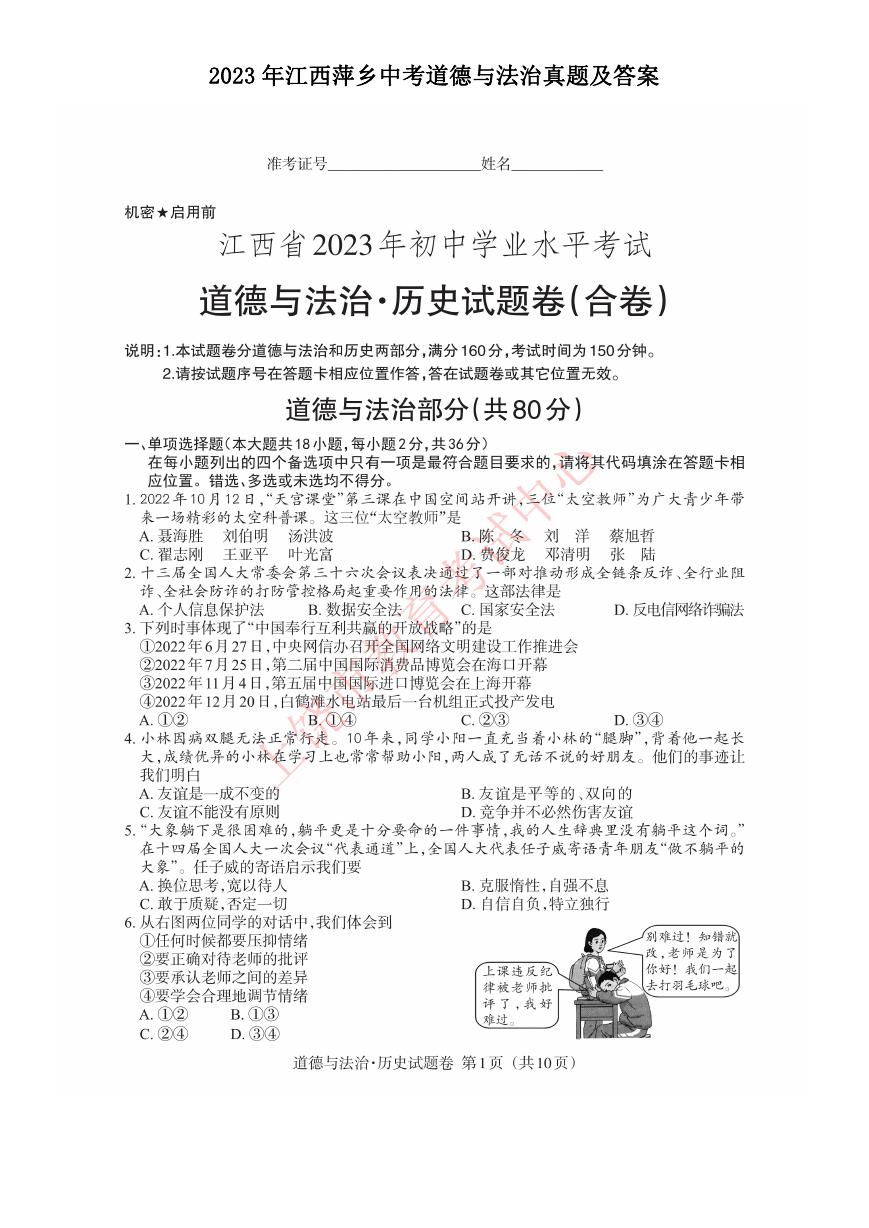 2023年江西萍乡中考道德与法治真题及答案.doc
2023年江西萍乡中考道德与法治真题及答案.doc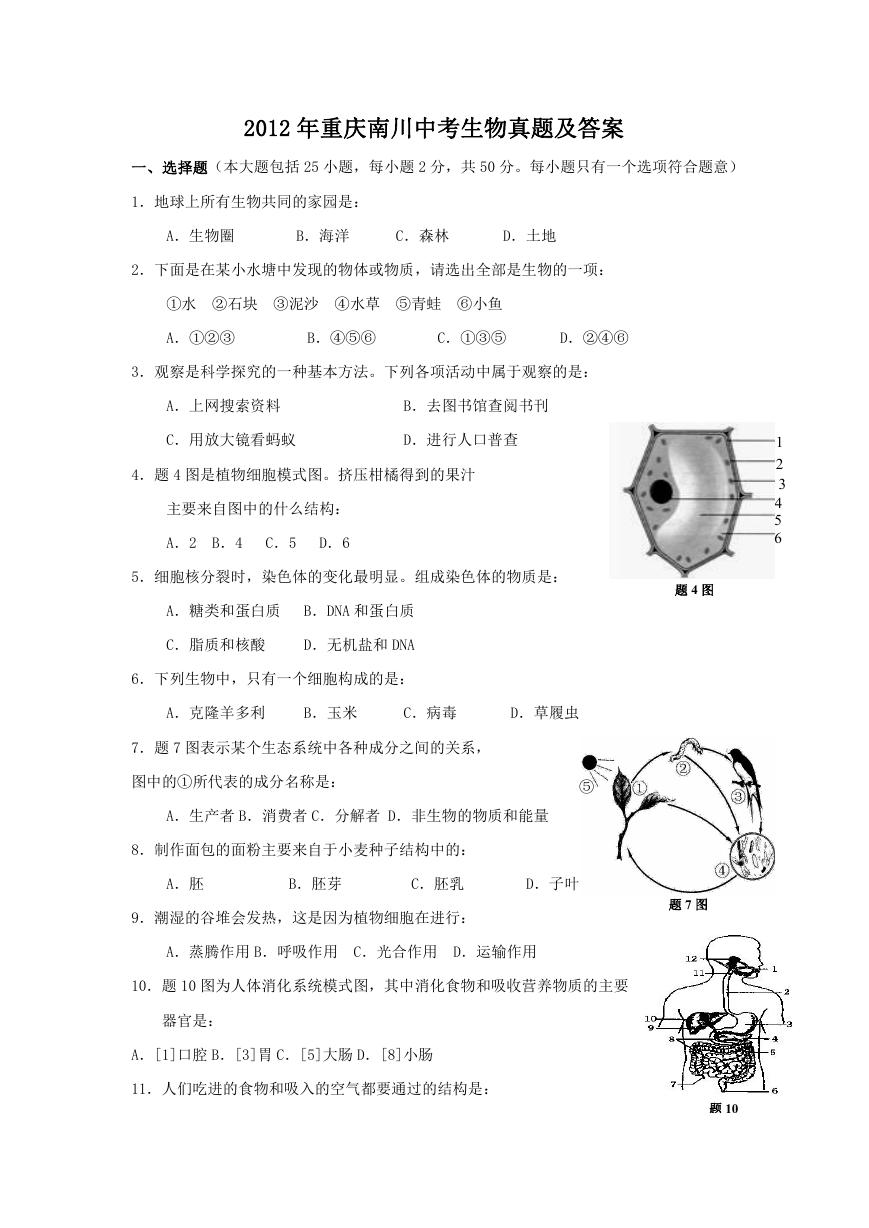 2012年重庆南川中考生物真题及答案.doc
2012年重庆南川中考生物真题及答案.doc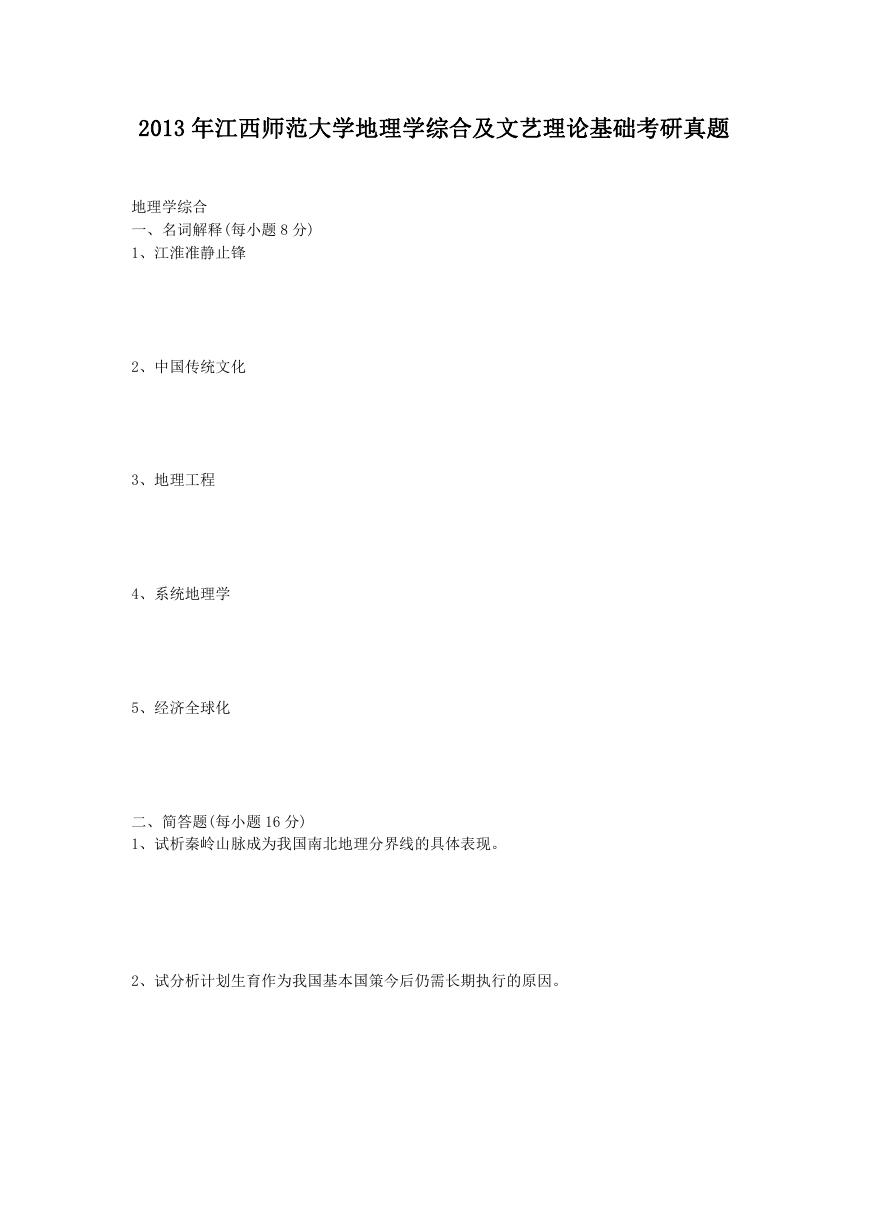 2013年江西师范大学地理学综合及文艺理论基础考研真题.doc
2013年江西师范大学地理学综合及文艺理论基础考研真题.doc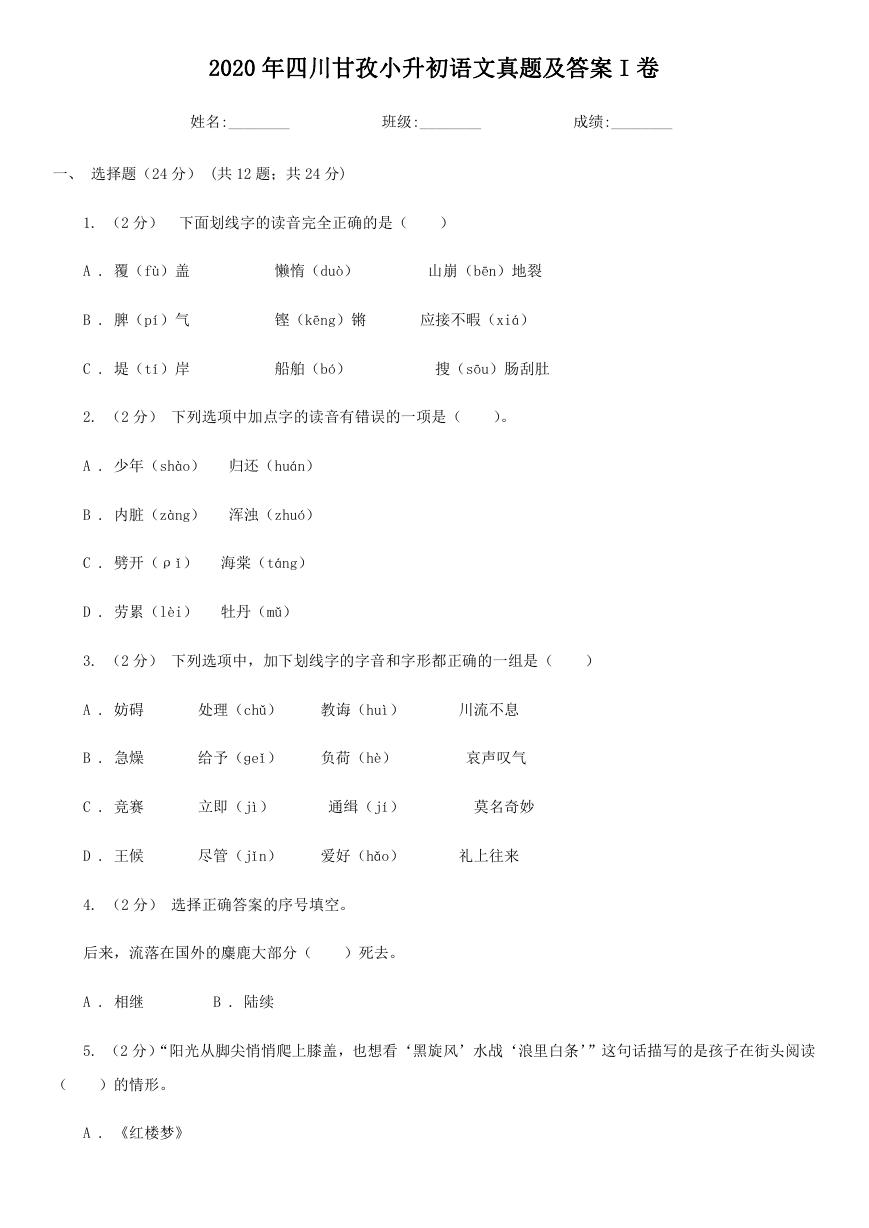 2020年四川甘孜小升初语文真题及答案I卷.doc
2020年四川甘孜小升初语文真题及答案I卷.doc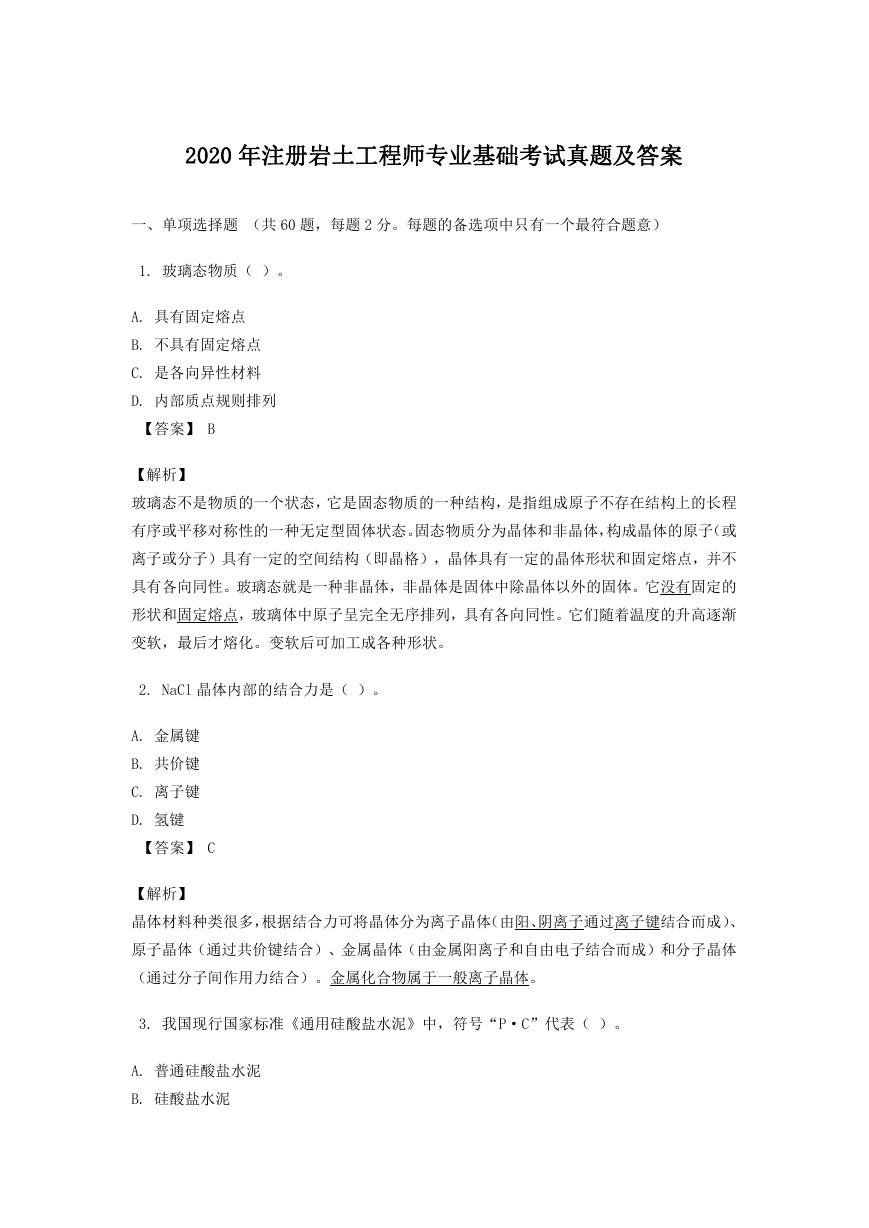 2020年注册岩土工程师专业基础考试真题及答案.doc
2020年注册岩土工程师专业基础考试真题及答案.doc 2023-2024学年福建省厦门市九年级上学期数学月考试题及答案.doc
2023-2024学年福建省厦门市九年级上学期数学月考试题及答案.doc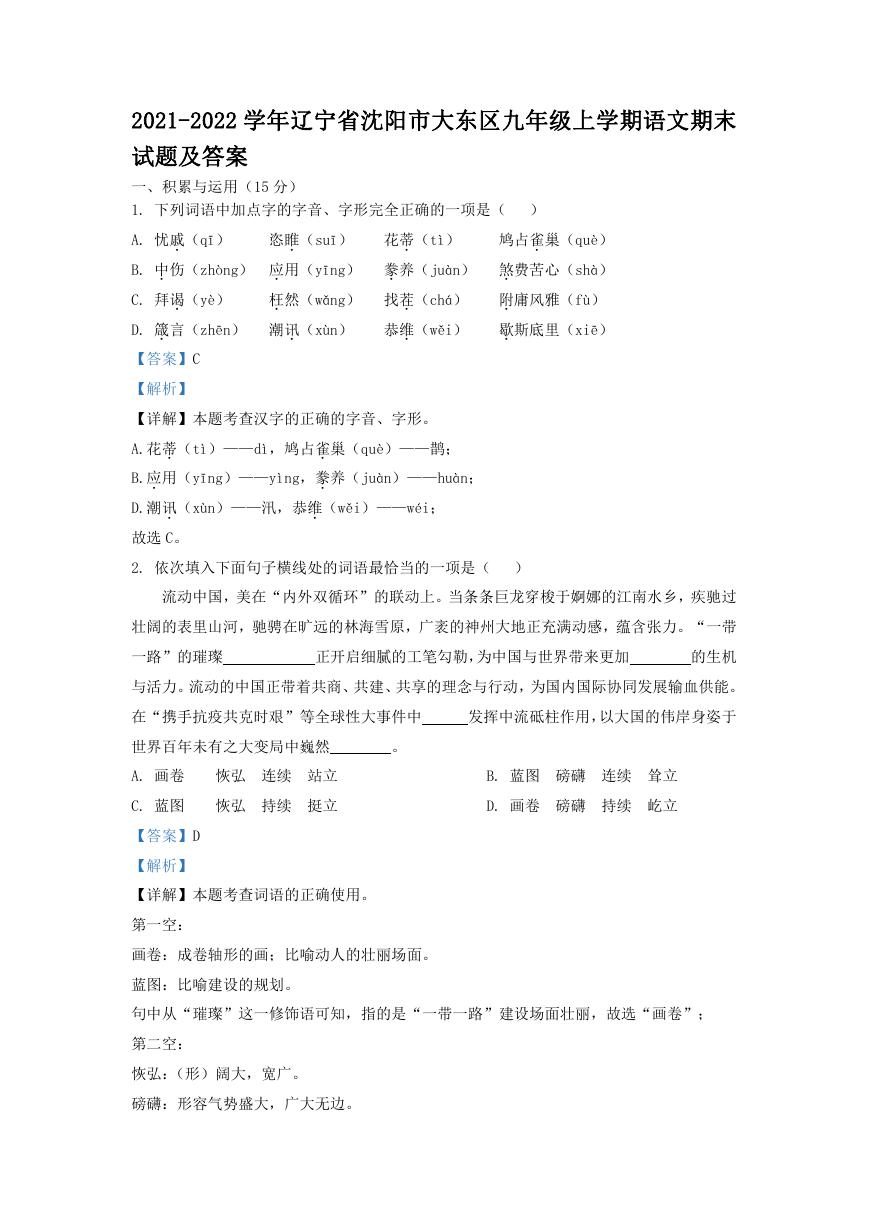 2021-2022学年辽宁省沈阳市大东区九年级上学期语文期末试题及答案.doc
2021-2022学年辽宁省沈阳市大东区九年级上学期语文期末试题及答案.doc 2022-2023学年北京东城区初三第一学期物理期末试卷及答案.doc
2022-2023学年北京东城区初三第一学期物理期末试卷及答案.doc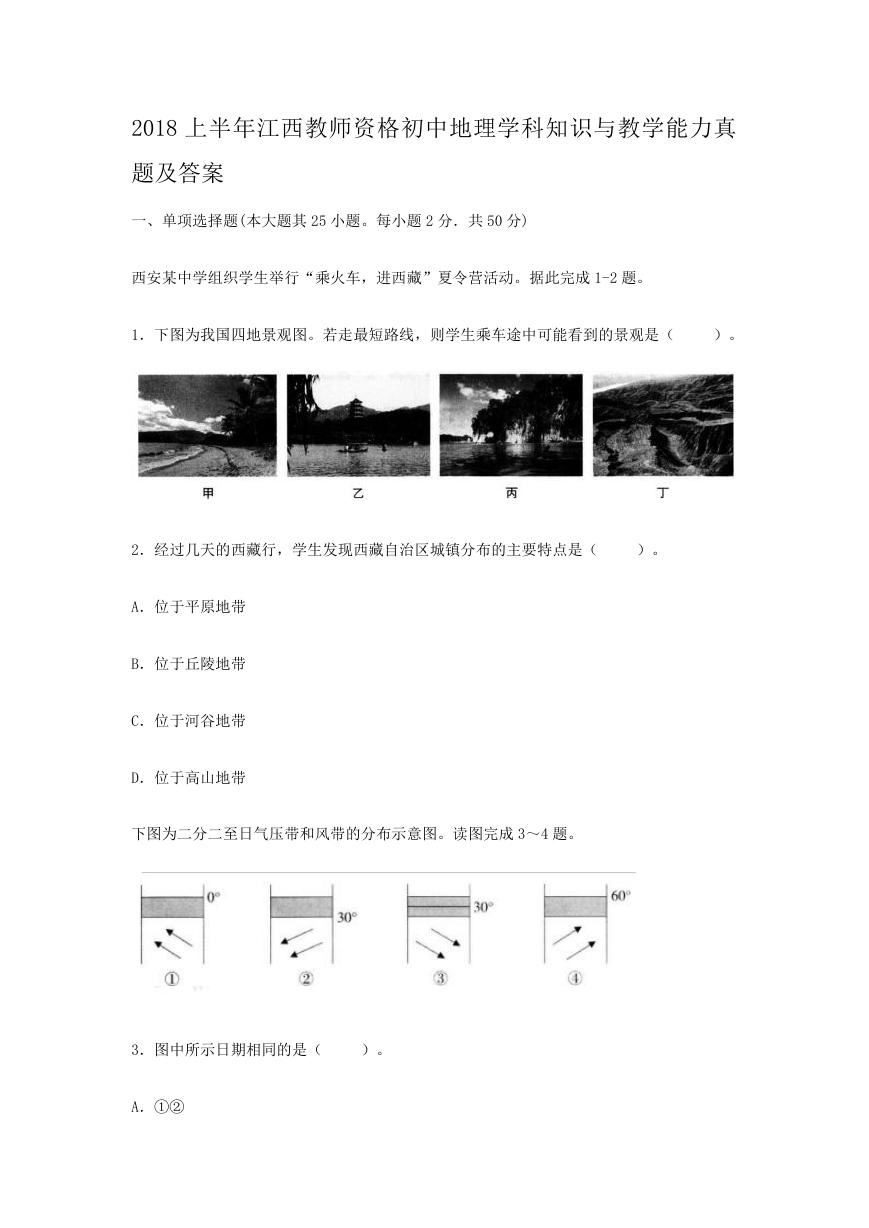 2018上半年江西教师资格初中地理学科知识与教学能力真题及答案.doc
2018上半年江西教师资格初中地理学科知识与教学能力真题及答案.doc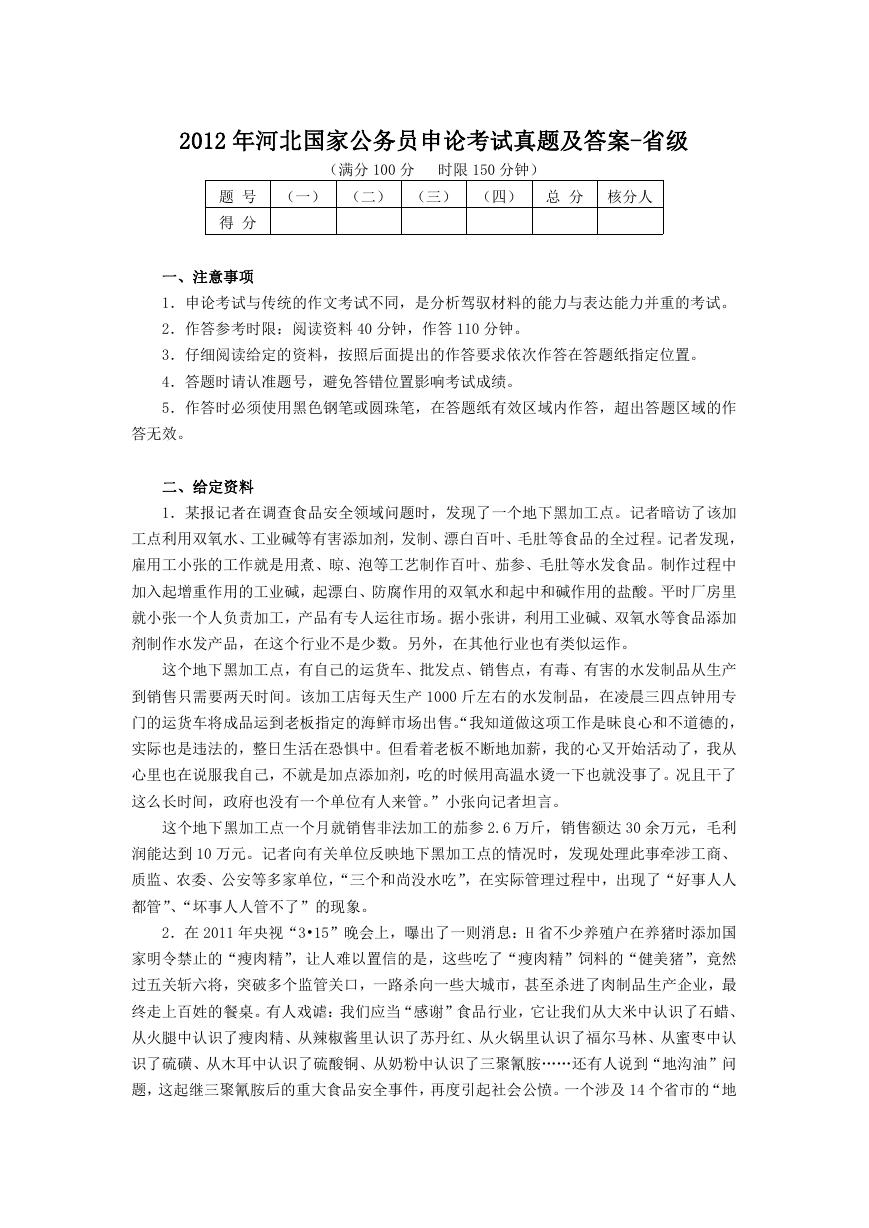 2012年河北国家公务员申论考试真题及答案-省级.doc
2012年河北国家公务员申论考试真题及答案-省级.doc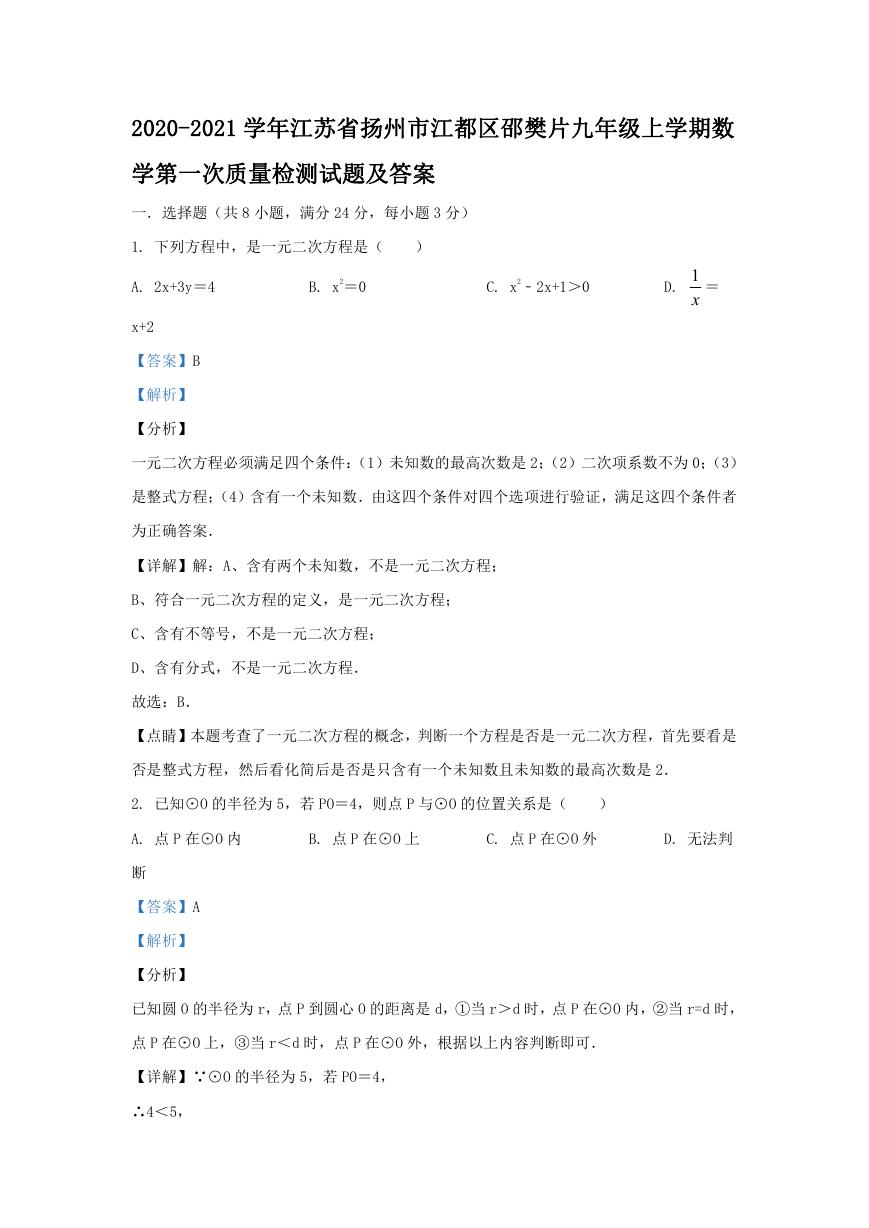 2020-2021学年江苏省扬州市江都区邵樊片九年级上学期数学第一次质量检测试题及答案.doc
2020-2021学年江苏省扬州市江都区邵樊片九年级上学期数学第一次质量检测试题及答案.doc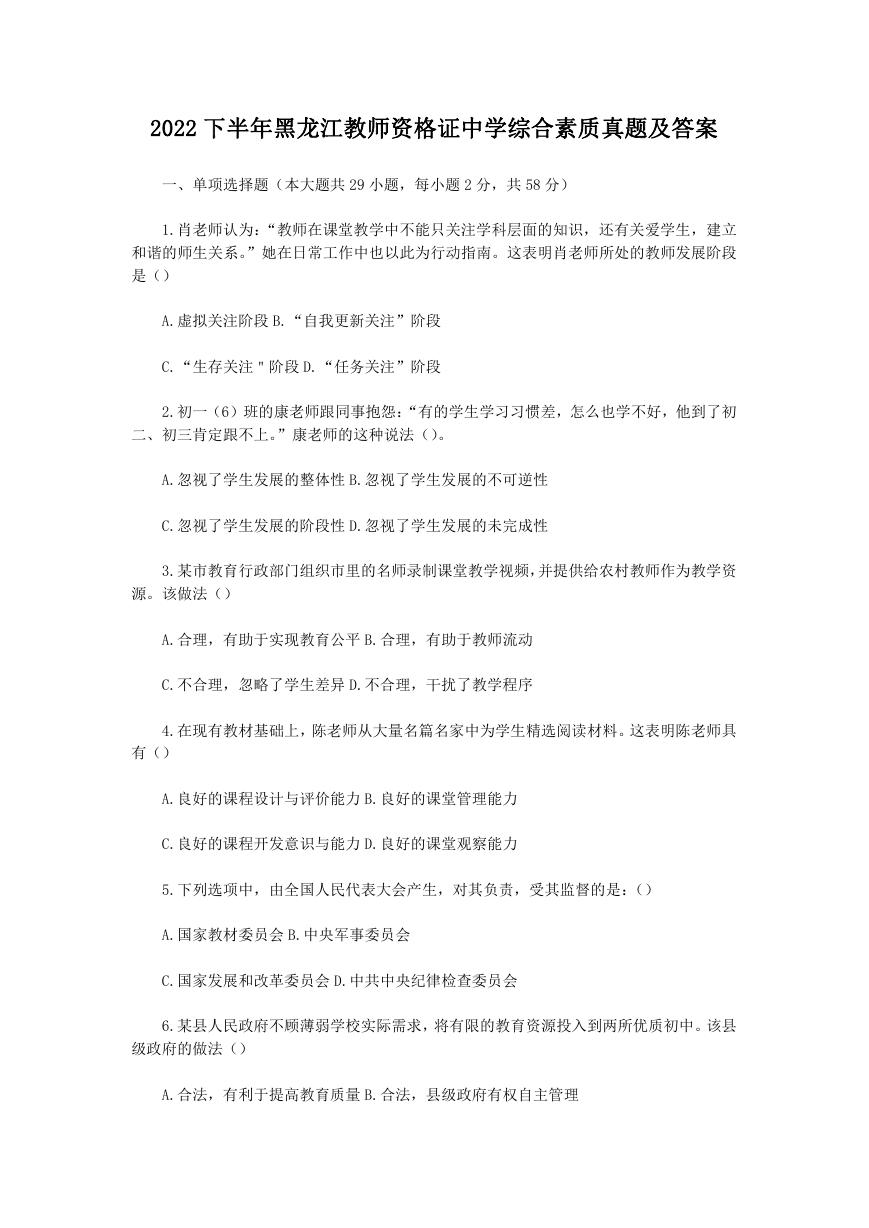 2022下半年黑龙江教师资格证中学综合素质真题及答案.doc
2022下半年黑龙江教师资格证中学综合素质真题及答案.doc